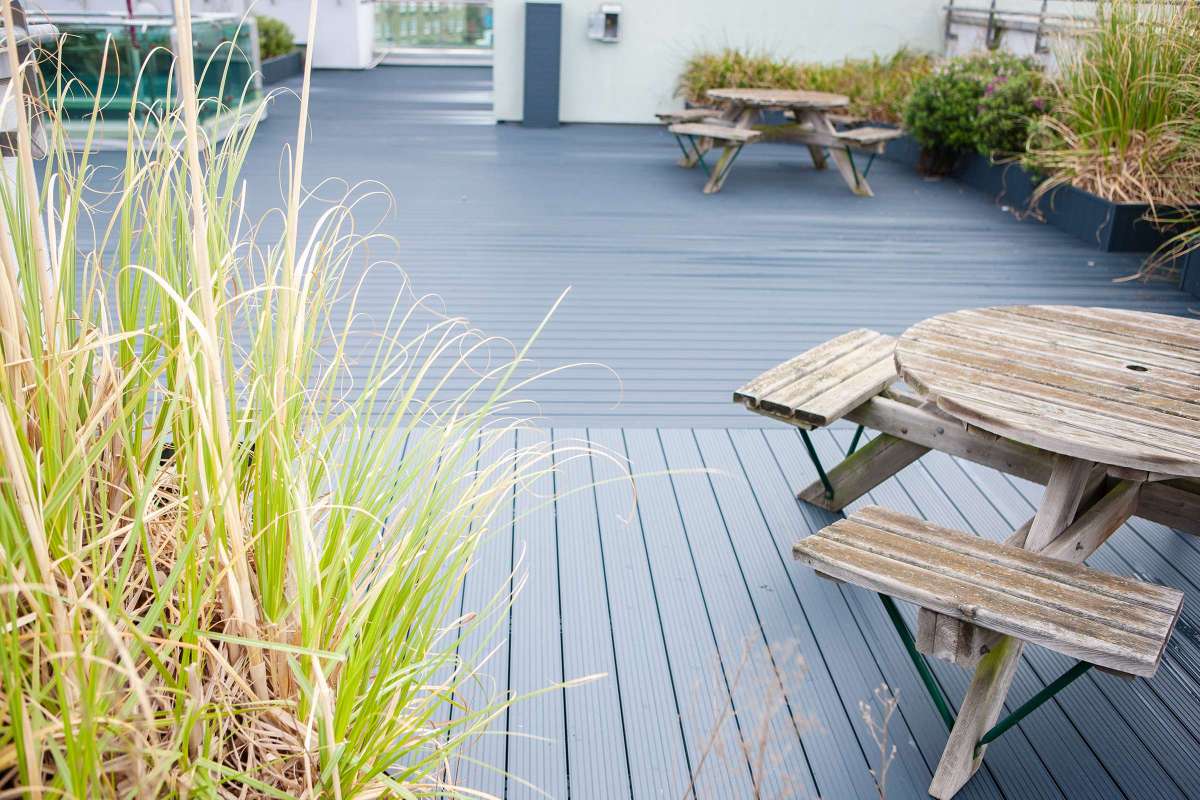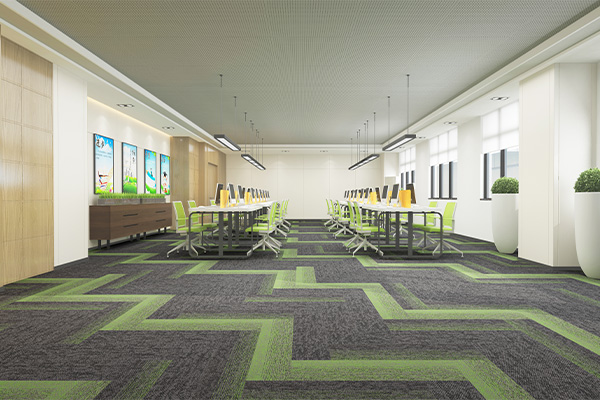Why Carpet Tile Selection Matters in Demanding Environments
When choosing flooring for spaces with relentless footfall — think school corridors, retail aisles, or open-plan offices — appearance alone won’t cut it. Performance is paramount. Every material element must withstand not only wear and tear but also the test of time.
That’s where carpet tiles earn their place, offering flexibility, durability, and style in a modular format that suits both busy businesses and design-conscious institutions.
For those sourcing carpet tiles in Glasgow, local availability pairs with product variation. Whether for a civic building or a commercial workspace, options abound — but not all are created equal. Understanding what to evaluate before you install is essential.
Pile Density: A Hidden Indicator of Longevity
At first glance, most carpet tiles appear similar. But beneath the surface lies a key differentiator: pile density. This specification reveals how tightly the yarns are packed, which directly impacts how well the tile resists crushing and compaction. Denser constructions better support continuous foot traffic, reduce matting and maintain their structure longer.
Low-density options may initially look plush, but they often degrade rapidly under pressure. In contrast, high-density tiles retain shape and colour — a practical investment for facilities that receive hundreds of visitors daily.
Stain Resistance: Guarding Against Spills and Smudges

In high-traffic spaces, accidents are inevitable. Coffee drips, muddy footprints, and ink blots are par for the course. Built-in stain resistance acts as a barrier, keeping marks from sinking deep into fibres. Look for treatments infused during manufacturing rather than post-applied coatings, as these offer longer-lasting defence.
Moreover, certain fibres such as solution-dyed nylon don’t just repel dirt — they inherently resist fading and discolouration, making them particularly valuable in environments where both cleanliness and colour retention matter.
Backing Types: Stability from Below
While the surface fights off stains and wear, the backing plays a different but equally critical role: dimensional stability. Two main types dominate the market — hardback and cushionback. Each has distinct advantages.
Hardback options tend to be thinner and firmer, providing a sturdy feel underfoot and easier movement for furniture. Cushion-backed tiles, on the other hand, absorb impact, reduce noise, and provide ergonomic benefits, especially in settings where people stand for extended periods. Selecting the right one depends on priorities like acoustics, comfort, and subfloor conditions.
Modular Flexibility and Maintenance
One of the prime advantages of carpet tiles lies in their modular nature. Damaged or soiled sections can be lifted and replaced without disrupting entire rooms. This minimises downtime and reduces long-term maintenance costs — a major plus for managers juggling tight
budgets and packed schedules.
Furthermore, many commercial-grade designs offer directional installation patterns that disguise seams and allow creative layouts without sacrificing functionality.
Fire Ratings and Safety Compliance

Beyond performance and comfort, safety can’t be overlooked. Commercial premises often require materials that meet specific fire resistance certifications.
Check for compliance with local and national standards — especially in public or educational facilities. Some tiles incorporate low-smoke production features, further enhancing occupant safety during emergencies.
Sustainable Choices Without Compromise
Sustainability is no longer a bonus; it’s a baseline expectation. Many premium carpet tiles now use recycled content, low-emission adhesives, and cradle-to-cradle certification. Green credentials don’t mean sacrificing performance — in fact, environmentally conscious designs are often engineered for durability to reduce waste from frequent replacement.
Fit for Purpose and Future-Proof
Choosing the right carpet tile involves more than picking a colour or texture. It’s about evaluating the performance behind the pattern. With thoughtful consideration of density, backing, stain resistance, and sustainability, businesses and institutions can create welcoming, resilient spaces that hold up under pressure.
Make informed decisions, and you’ll not only elevate the appearance of your premises — you’ll ensure it stands strong, step after step. Would you like a visual comparison chart of key specs for different carpet tile types?

